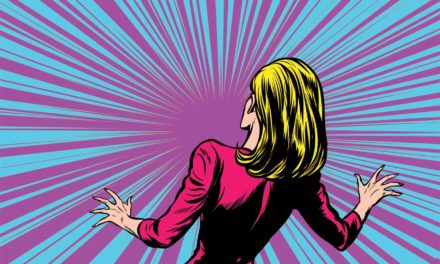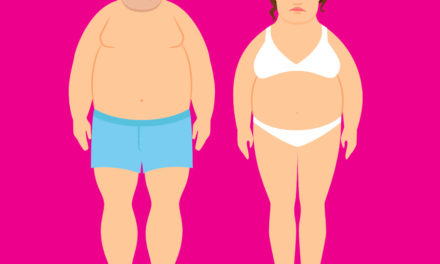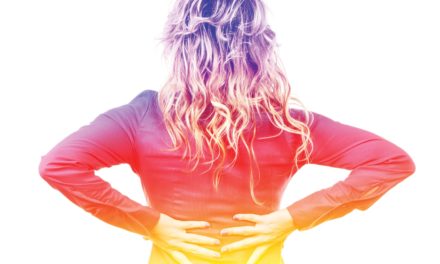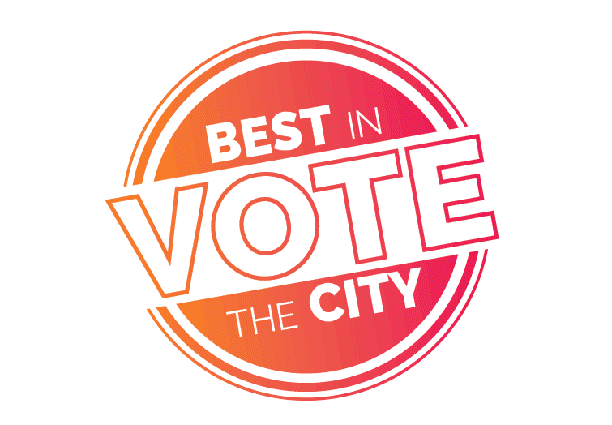
In 2020, Americans lost an entire year off of their life expectancy according to the U.S. Centers for Disease Control and Prevention (CDC). And while we might be able to attribute most of that loss to the coronavirus, we can’t blame it completely. Americans have been losing ground on their life expectancies as compared with other industrialized nations for years. We are living hard lives and it’s taking its toll.
It is perhaps a great irony that some doctors purporting to be able to extend life and stave off illness with massive doses of supplements or radical dietary interventions, often die of diseases that their diets were meant to protect them from (See: Dr. Atkins). Or, they simply die at an expected age of an unremarkable cause (See: many of my patients who transferred to me when they outlived their own doctors). So, if doctors don’t have the answer, who does?
When long-lived individuals are interviewed and asked the secret of their longevity, there are often cute remarks about avoiding the opposite sex or being attached to the same partner, drinking a bit or avoiding alcohol entirely. Listening to their stories, it is challenging to discover the actual fountain of youth. And yet, though there are no witty anecdotes to be had about it, people who live long lives seem to reside in the countryside and eat simple, homemade food, while getting a fair amount of outdoor activity. Besides that, they have a great deal of social and family connections and rarely feel isolated. Scientists have called the places where these people congregate, Blue Zones.
Five areas around the world have been designated as Blue Zones. These are places where many more people than expected make it to very old age, having the highest number of residents over 100 years old. Three of them are on islands in Japan, Greece, and Italy, where the hustle and bustle of modern life has made some inroads over the years, but where ultimately, traditions have held strong. They eat moderately, mostly fruits, vegetables, legumes, and grains. Some drink alcohol and some do not. All get plenty of physical activity and have deep connections to the community. While not an island, the Nicoya Peninsula in Costa Rica is another Blue Zone with similar characteristics, somewhat isolated from modern life, its people living full lives, eating whole foods mostly derived from the land.
But before you pack your bags for an island retreat, you should know that the fifth Blue Zone is not in some faraway, secluded location. It’s in Loma Linda, California, about one hour east of Los Angeles. The Blue Zone isn’t the whole city or even part of the city. The piece of Loma Linda that’s been designated as a Blue Zone is a religious group—the Seventh Day Adventists who reside there. This group of about 9,000 Americans have made something of an urban island for themselves where their lifestyle resembles that of the Blue Zone Italians or Costa Ricans a whole lot more than their Los Angeles brethren a short ride on the I-10 away. The Loma Linda Adventists eat mostly vegetarian, whole foods diets, don’t drink or smoke, and get regular exercise. Besides that, they have a close knit, active community, making it clear that it doesn’t matter where you live as much as how you live.
Despite decades of fad diets and supplements being hawked on daytime T.V., we are losing life-expectancy ground, more quickly now than ever. If we want to reclaim our lost year (or even lost years), we need to start changing our daily habits. Residents of Blue Zones aren’t telling what to do us as much as they are showing us. A wise man once said, “Seeing is believing.” Health gurus may make promises, but the Blue Zones are demonstrating how it’s actually done. And the Loma Linda Adventists are proving that it can be done in a busy area of the U.S. just as well as in a remote area of Greece.






